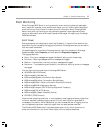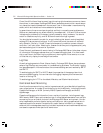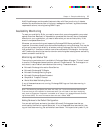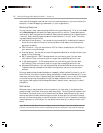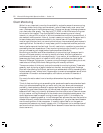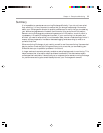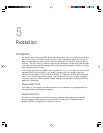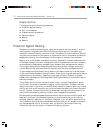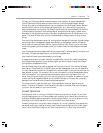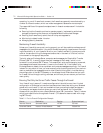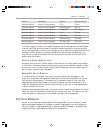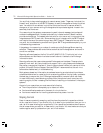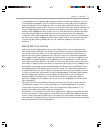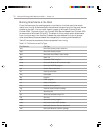
5
Protection
Introduction
By its very nature, Exchange 2000 Server has a public face. You will be offering e-mail and
other functionality to a large number of users. In many cases those users will not only be
able to collaborate with other users in their own company, but also with others across the
Internet. This high visibility makes it potentially more subject to attack than other services.
You need to make sure that Exchange is well protected against potential attacks, including
hacking attempts and viruses.
This chapter also examines disaster recovery scenarios. If you are to meet your service level
agreements (SLAs) on availability, you must first ensure that your system is down as
infrequently as possible. This is covered in Chapter 2, “Capacity and Availability Manage-
ment,” but you must also make sure that if you do suffer downtime, it is kept to the bare
minimum required to restore service. Disaster recovery procedures for Exchange 2000 are
detailed in this chapter.
Chapter Start Point
At the start of this chapter, you should be familiar with basic security concepts and differ-
ent types of backup and restore hardware.
Chapter End Point
By the end of this chapter, you should be aware of appropriate measures to take when
guarding against hacker attacks and e-mail bound viruses. You will also be aware of
disaster recovery procedures in the event of a failure.



